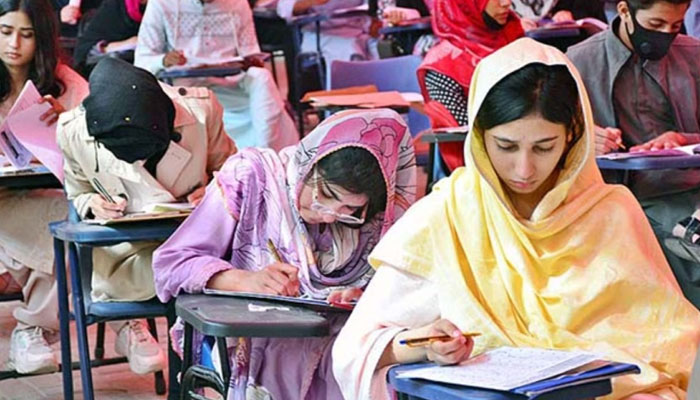In the tribal district of Bajaur, pursuing higher education remains an unfulfilled dream for most girls. With a population of over 1.6 million, the district has only one government girls’ degree college, and its BS program offers admission to merely 80 students. As a result, more than 870 female students are forced to abandon their educational journey each year.
Surprisingly, around 950 girls in Bajaur successfully complete their matriculation and intermediate exams annually. However, the doors to higher education open for only a fortunate few. The region suffers from a lack of infrastructure, insufficient classrooms, a shortage of qualified faculty, and limited resources—factors that contribute to this crisis.
The only girls’ college in Bajaur lacks basic academic facilities. There are no proper science or computer labs, no library, no access to modern academic subjects, and no adequate number of qualified teachers. Many young women, despite their passion for education, are left with no option but to stay home, their dreams deferred indefinitely.
Some parents, in desperation, send their daughters to private institutions in cities like Peshawar. However, the fees are unaffordable for most families in this economically deprived district. Monthly tuition costs ranging from thousands of rupees are simply out of reach for the average household in Bajaur.
When the Federally Administered Tribal Areas (FATA) were merged into Khyber Pakhtunkhwa in 2018, there was hope that education and development would finally reach these marginalized regions. But even after seven years, the situation remains unchanged. The presence of just one girls’ college is a glaring example of the state’s failure to fulfill its responsibilities.
Local elected representatives frequently make promises and announcements, but there is a complete lack of practical action. Until more colleges are established, the number of admissions is increased, and adequate resources are provided, the daughters of Bajaur will continue to be deprived of higher education.
At least one girls’ degree college should be established in each tehsil of Bajaur.
Admissions in the existing college’s BS program should be increased to a minimum of 300 students.
Qualified teachers, modern laboratories, and academic resources for contemporary subjects should be provided.
Safe transportation and hostel facilities must be arranged for students coming from remote areas.
Scholarships and financial aid programs should be introduced for underprivileged students.
The daughters of Bajaur are not just statistics—they are the future of this nation. If we are truly committed to progress, we must prioritize education. If we remain silent now, future generations will never forgive us.







Comments are closed, but trackbacks and pingbacks are open.